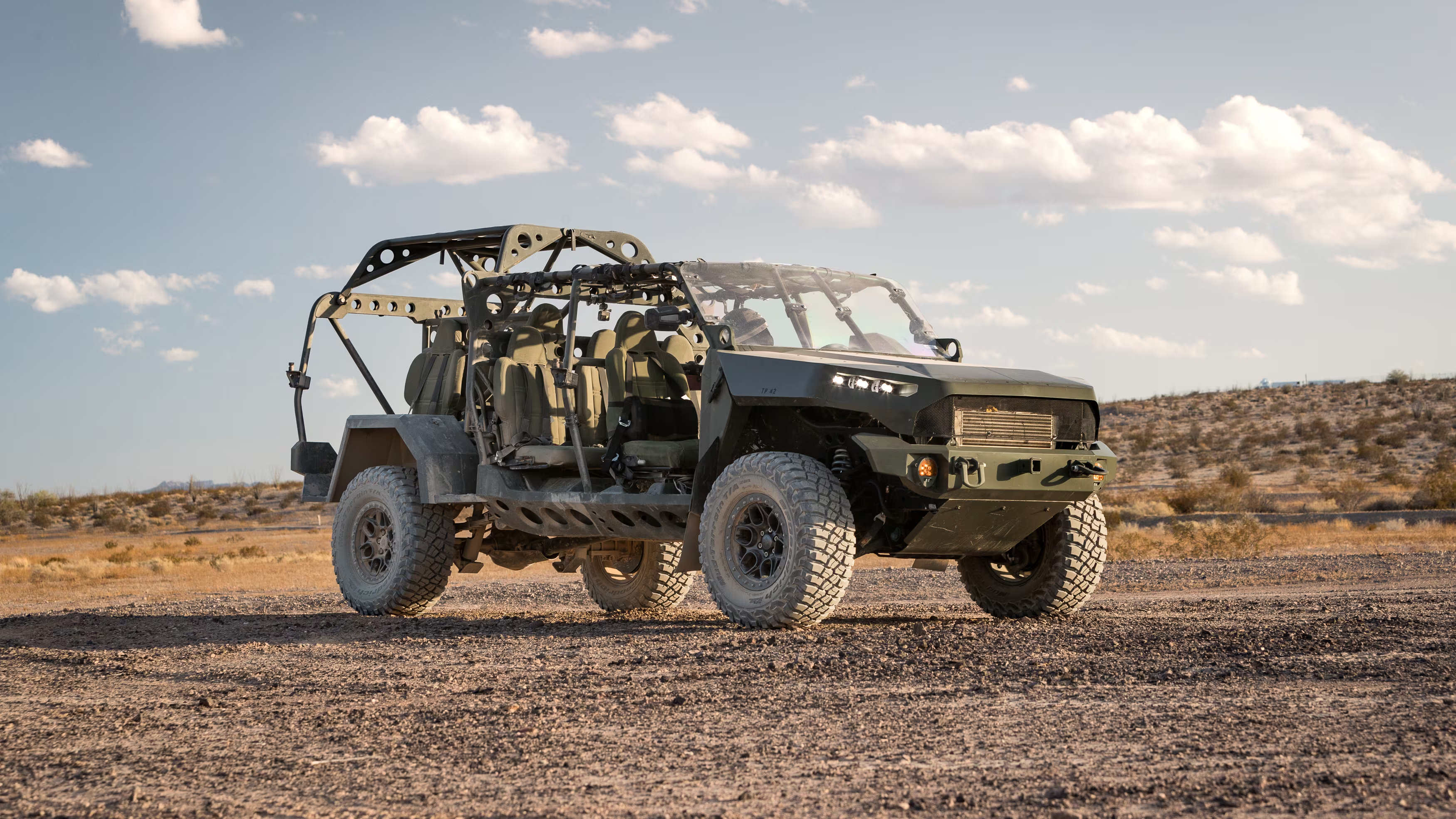With the deployment of an exportable version of the U.S. Army’s Joint Pacific Multinational Combat Training Center to the Philippines complete, the service plans to enhance the training in its next iteration in the Southeast Asian country with improved mobility and sustainment capability and more unmanned systems.
“It is a tremendous opportunity to train on the ground side by side with our Philippines partners, a tremendous opportunity for our aviation assets to fly and to land on unfamiliar terrain, an opportunity for them to work through the different environmental conditions,” Maj. Gen. Marcus Evans, the Army’s commander of the 25th Infantry Division based in Hawaii, recently told reporters.
At the soldier level, the two countries were able to “coordinate and integrate protection assets, fires assets and sustainment assets,” Evans added. “Likewise, at the division level, we were able to establish a joint operations center that integrated both the [Philippines] 7th Infantry Division staff as well as the 25th Infantry Division staff to support the overall training.”
The 25th ID ran the JPMRC X training event at Fort Magsaysay in central Luzon from late May to June as the second part of Salaknib, a bilateral exercise with the U.S. Army, marking the first time the JPMRC X had been taken west of the International Date Line.
Defense News was on the ground at Fort Magsaysay before the start of the training exercise as the unit was busy setting up for the event meant to help the Philippines Armed Forces expand its concept of operations into territorial defense.
Evans told Defense News in advance of the exercise that it was bringing its full suite of instrumentation capabilities as part of the JPMRC X event in the Philippines.
“As an example, we’re going to be able to monitor our forces as well as the Philippines Armed Forces as they are executing operations that simulate a combat environment,” he said. “We will be able to assess indirect fires employment, we will be able to assess how quickly they are able to treat their casualties, how quickly they are able to move and sustain the force, what their water consumption is, what their power generation capability is, how effective they are with using their mission command.”
Challenging climate
The biggest challenge the forces faced during the first JPMRC X rotation in the Philippines was sustainment.
“The team was operating at a higher elevation, they were operating in 95-plus-degree temperatures with five hours of rain in the afternoon, which contributed about 100% humidity,” Evans said. “The water consumption was very high and there was an increased requirement to be able to resupply both forces; a lesson learned is how do you now plan for that preposition of water supplies, work around environmental factors that preclude the use of our helicopters to be able to resupply.”
Mitigating a soldiers’ load and being able to ensure it is accounted for in logistics planning is another effort now underway after the JPMRC X rotation, Evans noted.
“For survivability, we learned from our Filipino partners, carrying less on the march is far better for success,” the 25th ID’s Command Sgt. Maj. Shaun Curry told reporters in the same briefing.
For example, the time of day to move throughout terrain is “slightly different” from moving through the terrain inside of Hawaii where the JPMRC rotations take place regularly, Curry said.
U.S. soldiers carry roughly 72 hours worth of water, food, ammunition and personal resupply.
“How do you get them that equipment further, faster, deeper into the jungle?”
New solutions on the way
The 25th ID plans to test out ways to lighten the load for soldiers in its full JPMRC rotation in Hawaii this fall.
That’s where robotics could be worked into the equation, Curry said.
“Using small [unmanned aircraft systems], throwing it up in the air, looking to see what’s in front of you the next one to 300 meters allows the soldiers at the squad level to know that it’s clear and be able to move or find water or food if they need to.”
To help sustain the force at the JPMRC X rotation in the Philippines next year, the Army also plans to bring the GM Defense-made Infantry Squad Vehicle.

“We will have those during the next time we train in the Philippines,” Evans said, “so the ability to sustain the force increases because you got a mounted capability that has a smaller wheelbase that can maneuver around and in that more restricted terrain.”
While the 25th ID did not incorporate the ISV, Defense News observed on the ground at Balikatan — another exercise held in the Philippines in May — other U.S. Army units using the vehicles as far north as Basco, part of a chain of remote islands just south of Taiwan, where an ISV was quickly loaded from a seaside cliff into a CH-47F Chinook cargo helicopter and whisked off during an exfiltration operation.
Additionally, the Philippines Armed Forces wants to continue to enhance procedural interoperability between staff.
“They appreciate the opportunity to integrate at the staff level for the execution all the way down [to] the employment of fire assets, maneuver assets and sustainment assets and they would like to see that expanded in future JPMRC training events,” Evans said.
The 25th ID’s next JPMRC rotation in Hawaii will feature new capabilities for light formations such as small UAS and other robotics capabilities along with the new ISVs and the unit will take lessons learned from the event and apply them to not only future JPMRC X rotations but also in other exercises that are a part of Operation Pathways, a series of U.S. Army events throughout the Pacific meant to enhance relationships between allies and partners in the theater.
Jen Judson is an award-winning journalist covering land warfare for Defense News. She has also worked for Politico and Inside Defense. She holds a Master of Science degree in journalism from Boston University and a Bachelor of Arts degree from Kenyon College.








